If you've been involved in photography for any length of time at all, you'll most likely recognize this scenario – You and a bunch of your photography friends are standing around the water cooler at work or the barbecue pit in your backyard, or the cookie table at the camera club meeting when the subject of shooting modes comes up.
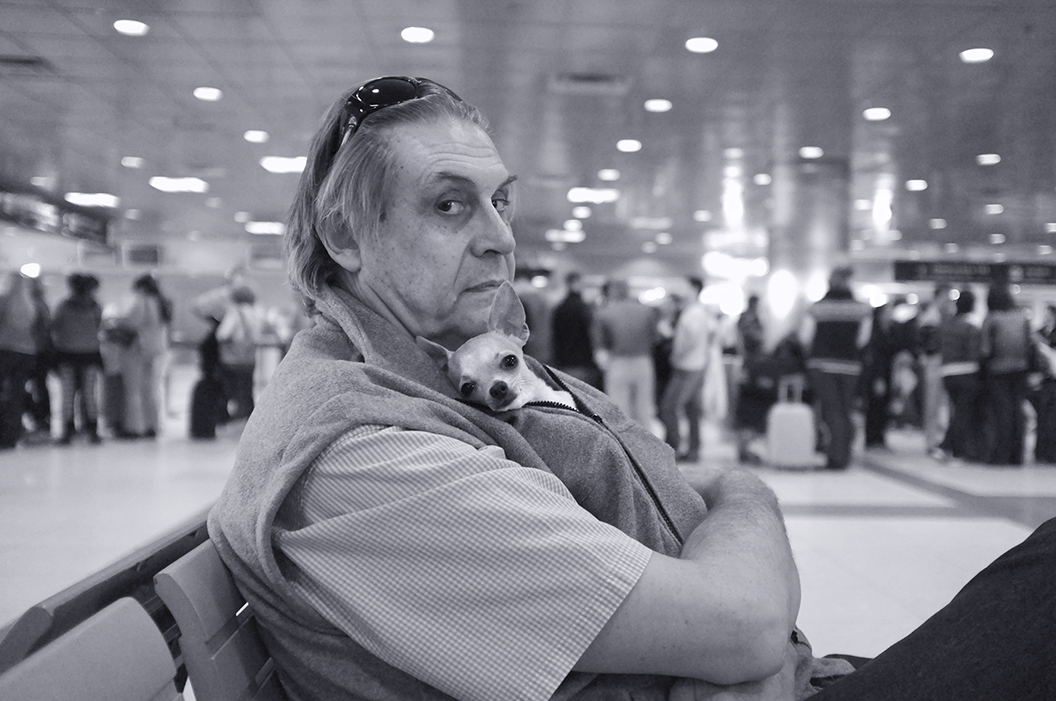
(We photographers are an interesting lot aren't we?)
Inevitably, someone in the group will place their hands on their hips, stretch tall while looking particularly knowledgeable and make the pronouncement-
“I NEVER shoot in ANYTHING other than MANUAL mode!”
Everyone else in the group then hems and haws looking this way and that because they don't want to admit that (dare we say it) they use the often maligned “P mode” or perhaps your version is known as the “A mode”.
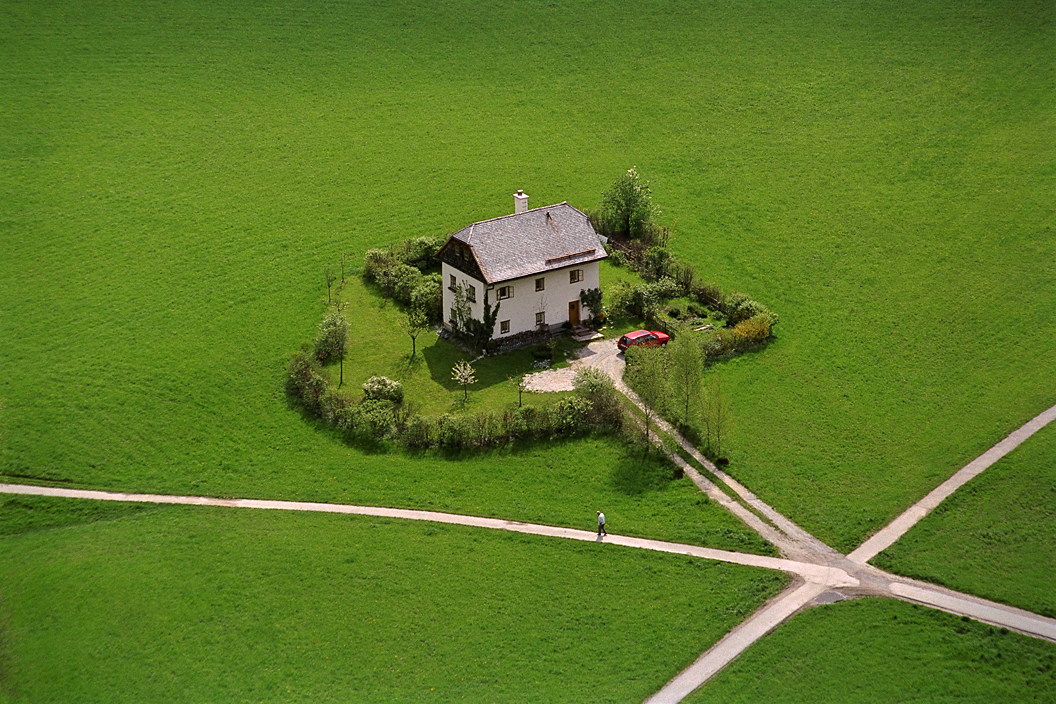
Well, we would like to make a case for our friend “the program mode” and so would camera manufacturers. Think about it. How many are cameras out there don't have a program mode? Even the professional models incorporate this technology.
So, why is it there?
We would like to start making our case by telling you a little story.
Years ago, we took a one week photography workshop from a famous New York photographer who specialized in corporate annual reports. This was an expensive little proposition and we're about to share with you the most important thing we learned. And believe it, or not, it relates to the use of the Program mode.
On the first day of the workshop about twenty of us were seated around a large table. The famous photographer walked in with a briefcase. He set it on the table, popped it open, and commenced to toss dozens of annual reports (from companies we've all heard of) around the table.
He told us to peruse them and make notes about his photographs.
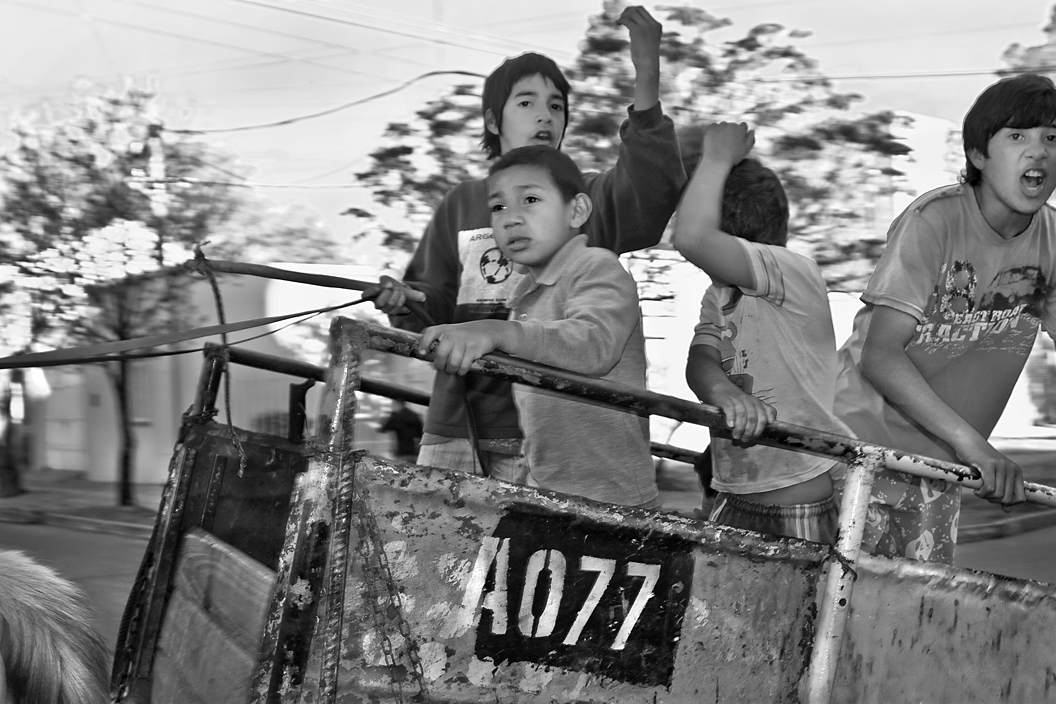
The one that landed by us was from a very well-known hospital in New York City. We picked it up, looked at the full bleed cover photo, and became immediately horrified.
Oh, it was great moment that had been captured. A nurse was bent over an infant baby that had tubes running from its nose. The nurse's eyes were wide and filled with warmth. The infant, while obviously in intensive care, appeared to be smiling up at her. (Yes, we know infants can't smile. But that's what it looked like)
So, why were we horrified you ask?
The picture was soft! By that, we mean it wasn't crisply sharp. How could this soft picture be chosen for the cover of this major hospital? We thought.
And this is when we learned a valuable lesson that we hope you take with you today.
The famous photographer asked if there were any questions. We raised our hand and asked, “How could this picture have been chosen for the cover? It's soft.”
The famous photographer smiled and said (this is the epiphany); “Sometimes it's more important to get the shot. Then worry about the technical shit.”
Prior to this moment, we had been one of those photographers who worried about every technical aspect of our photographs. We were the guy who stretched and proclaimed that we only use manual mode. We made sure everything was perfect before snapping the shutter, which is why we would have missed the infant smiling.
That one statement from the famous photographer changed our photographic career. From that point on, we began every assignment in program mode and only switched to manual when necessary.
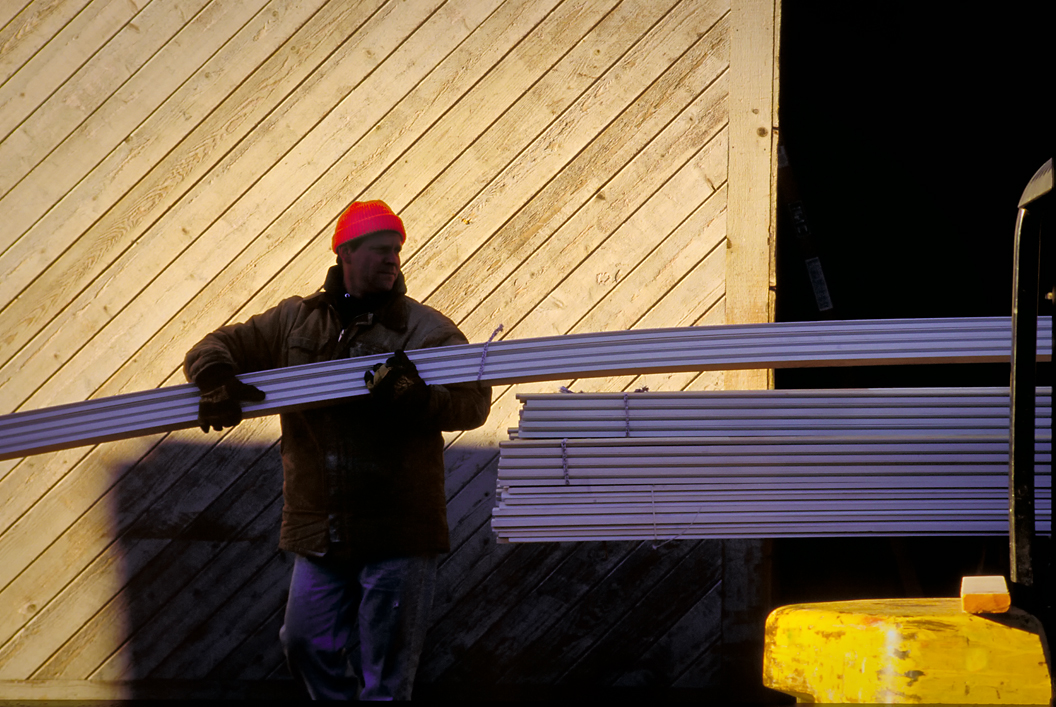
So, what is the real benefit of Program mode? Is it so that you don't have to think about your camera's settings?
No!
It keeps you ready – Ready for that split second when fate opens its arms to you- and you see “the moment”- and you have barely enough time to get the camera to your eye. Program mode relieves you of several choices you need to make in that split second.
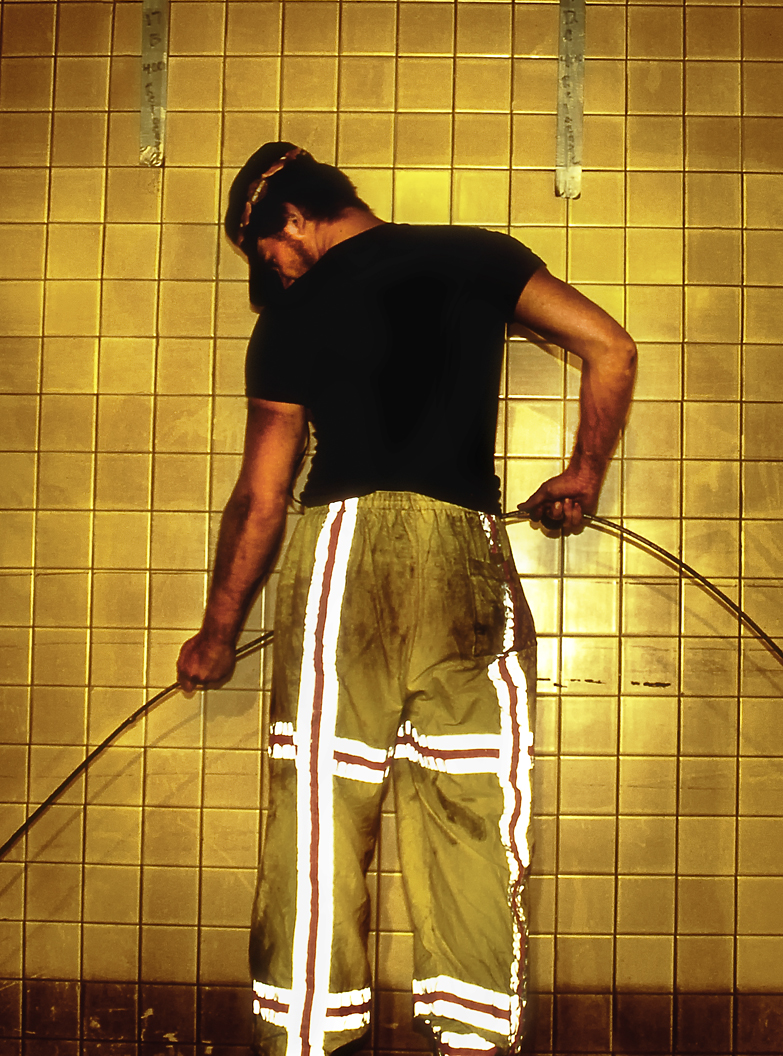
Is it foolproof? No. (Let it help you capture your moment. Then breathe. Check your settings. Make adjustments and shoot again.)
Is it only for idiots? No. Many professional photographers, including the famous photographer, use Program mode. Let it work for you.
Just remember, the computer inside your camera is not a brain.
Program Mode- Before you start your shoot decisions!
- ISO set appropriately for the situation
- Metering pattern is correct for the situation
- Shutter speed / Aperture combination is approximate for your situation.
Once you get your “once in a lifetime” shot. Look at your subject carefully. Is it a light subject against a dark background, or dark subject against a light background? Is your shutter speed high enough to eliminate camera shake or is it too high, eliminating blur that you want? Is your aperture too high or too low to give you the depth of field you desire? These are all after “the moment” decisions.
Program Mode – Check Your Settings- After you capture your “MOMENT.”
- Shutter speed at appropriate setting for subject
- Aperture set for desired depth-of-field
- Remember! You can quickly change your shutter speed / aperture combinations using the command dial on most cameras.
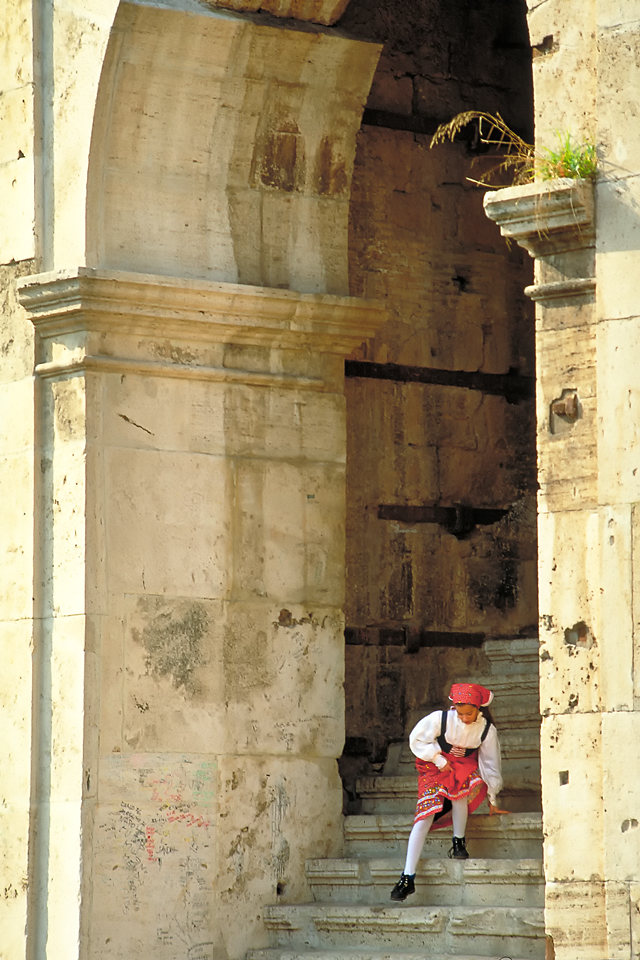
Oh yeah, we hear you saying. That's great for photojournalism but I shoot landscapes.
Well consider this. You've got your camera set-up on a tripod. It's pointed at the majestic Rocky Mountains. The sun is setting. Dense clouds that are filled with rich colors are moving in and out of your frame. The exposure isn't changing by the minute but more like by the second. You're hovering over your camera waiting for the sun to break through the clouds and send a stream of golden rays down onto your scene.
And when it does… it's only for a second.
Were you ready?
Did you capture your baby smiling?
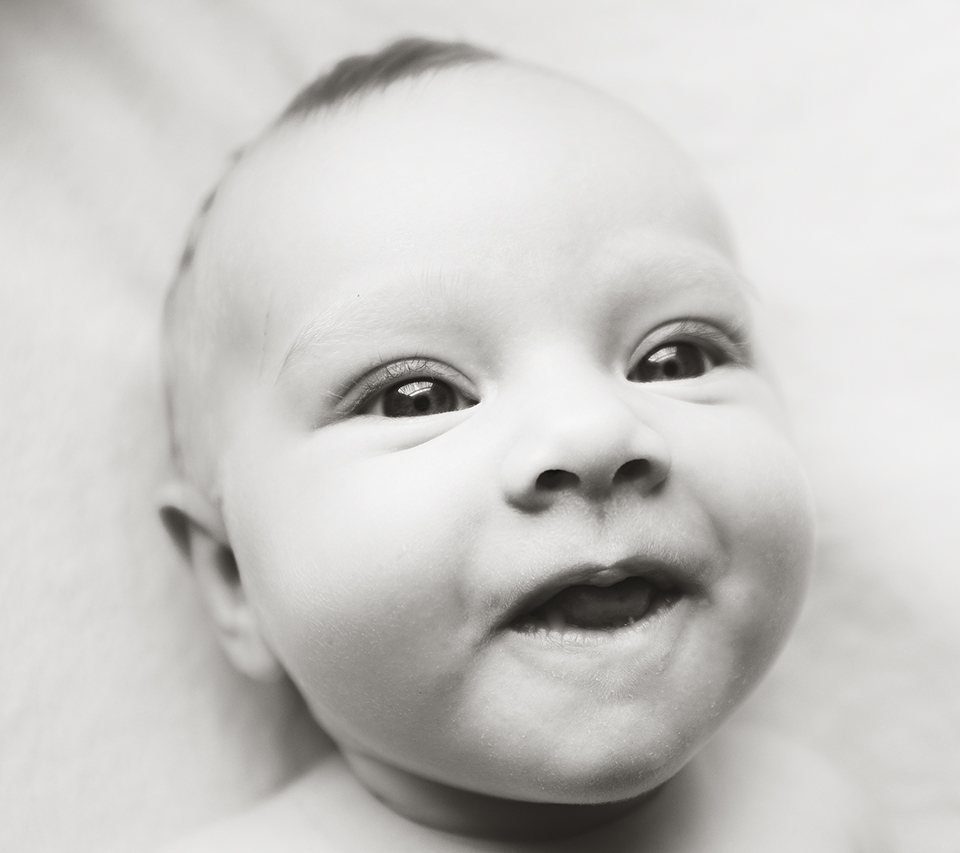
Kent DuFault is a writer and photographer who is currently living in Argentina. He often writes under the pen name, Bellakentuky. You can find out more about him here; https://www.facebook.com/bellakentukyauthor?ref=hl https://twitter.com/Bellakentuky https://pinterest.com/bellakentuky/ https://bellakentuky.com/wordpress/





17 Comments
so true – isn’t that one of the reasons why people buy fast responding (dslr) cameras with USM lenses etc… Get the moment (and hope your equipment is fast enough)
Right on! Kent
When I am out hiking I try to remember to switch back to Program Mode (and auto-focus) whenever I turn off my camera because you never know when some fleeting moment (or wild creature) will pop up that barely allows time to get the camera in hand, let alone worry about getting the settings right to get off a quick shot.
My point exactly. Thanks for commenting. Kent
I shoot in manual 95% of the time, not because I’m a snob, but that I want to be able to judge a situation and that forces me to pick the right settings. However, if I’m in a setting where something can happen at any moment, I switch to P esp if lighting is going to be a potential issue. Good article; it’s definitely better to get the shot then the settings.
I agree! Thanks for the comment!
I am intrigued by this discussion and want to learn more. What do you mean exactly by “a situation where anything can happen”? I struggle with the benefit of ever using P mode. I think it is just as easy to use manual mode. I feel like there comes a point in your photographic journey when your fingers are just an extension of you brain and if you anticipate situations before they happen, the mode you are in doesn’t really matter; it’s just making your camera work with the you need it.
I only use manual in completely stable lighting conditions and at night under street lights! For every other situation I use Aperture priority and when necessary, exposure compensation. That way I have learnt how my camera works and how to judge the actual lighting conditions around the subject.
I have seen photographers taking 5 minutes to make a single shot!
I struggle with understanding the difference in time. Really, how much longer does it take in Manual Mode? Can you come up with an exact scenario to better understand the benefit of the P Mode?
Danielle: I believe the scenarios he mentioned in the article are “perfect” or “exact scenarios” for P mode. Many people can’t adjust to Manual as quickly as P mode. Remember the target audience for this article are beginners or intermediate users. They far outweigh the number of pro’s out there. I don’t believe the author was trying to convince experienced photographers to switch back to P mode…
longer than it took these two children to decide and execute their run into church never mind the time i had to spot it lift the camera and take the shot
For the most part, I exclusively use Manual. Not because of any reasons of superiority, but because I’ve been using it for so long its only slightly slower than using the Program Modes. If I feel I need the speed of an automatic, I usually fall back to aperture priority with exposure compentsation before I go to Program. I do like the control.
I mean, realistically there are only FOUR camera controls to be concerned about. Focus, Shutter Speed, Aperture, and ISO. The rest are really just decision making processes.
I don’t think that there is any reason not to use Program. It just that after body memory kicks in, Manual is pretty fast.
However, I do not like this disturbing trend of thumbwheels replacing dedicated controls. I feel it creates a preferential slant toward automation.. DSLR’s should all have manual shutter speed knobs and the removal of the aperture ring makes it much harder to shoot in manual almost necessitating shooting in one of the automatic modes.
Its the difference between an automatic camera that you CAN shoot in manual, or a camera you can shoot in manual or automatic.
Just a thought.
If your driving force is simply getting that excellent “decisive moment” shot (i.e. grain or softness not too important), why wouldn’t you just leave your camera on Auto? What result does P give you that Auto can’t match, including dependability? I’ve been shooting in Manual for about 6 months and was advised recently to switch to P. I’ve been trying it out this week but making a mess of it! So many dud shots and I’m resisting the urge to revert to good ol’ M!
I use Manual mode when I am in my studio shooting Green Screen photos, all other times I use “P” Mode 90% and Apreture and Speed modes for special needs. “P” Mode is right-on the greater percentage of the time but more importantly it allows me full control over all settings, if needed, for the conditions and scenes I am shooting. Good article.
Late to the party but I’d like to chime in. One advantage I’ve found to aperture priority over P — at least for Canon cameras — is that if you “shift” the suggested program settings (e.g., f/8 at 1/60 to f/5.6 at 1/125) the camera doesn’t remember that shift. So when your next photo op occurs, it reverts to whatever its default is.
In contrast, if you set your aperture at f/8 (or whatever) in Av mode, it’s still at f/8 for your next shot. And you’re still gonna get perfectly exposed shots in Av as you would in P.
P mode:
When I first started using a digital SLR, I used the Auto-everything mode. When I became more confident with the kit I used Programmed mode most of the time … it meant that I could take control of either my aperture or speed and not worry about anything else and put my effort into getting the shot rather than fiddling with my equipment.
With more experience and reading I explored Aperture priority and Speed priority modes with a knowledge of the best situations to use them. It was a long time before I ventured into Manual mode.
It seems to me that this is a natural progression for a self tought amateur.
You gotta crawl before you walk and walk before you run.
My opinion, for what it is worth, is to apply the K.I.S.S. principle. Keep it simple, have fun, make the kit work for you and learn as you go.
This makes sense. I will be re-visiting the “P” mode. Well done!